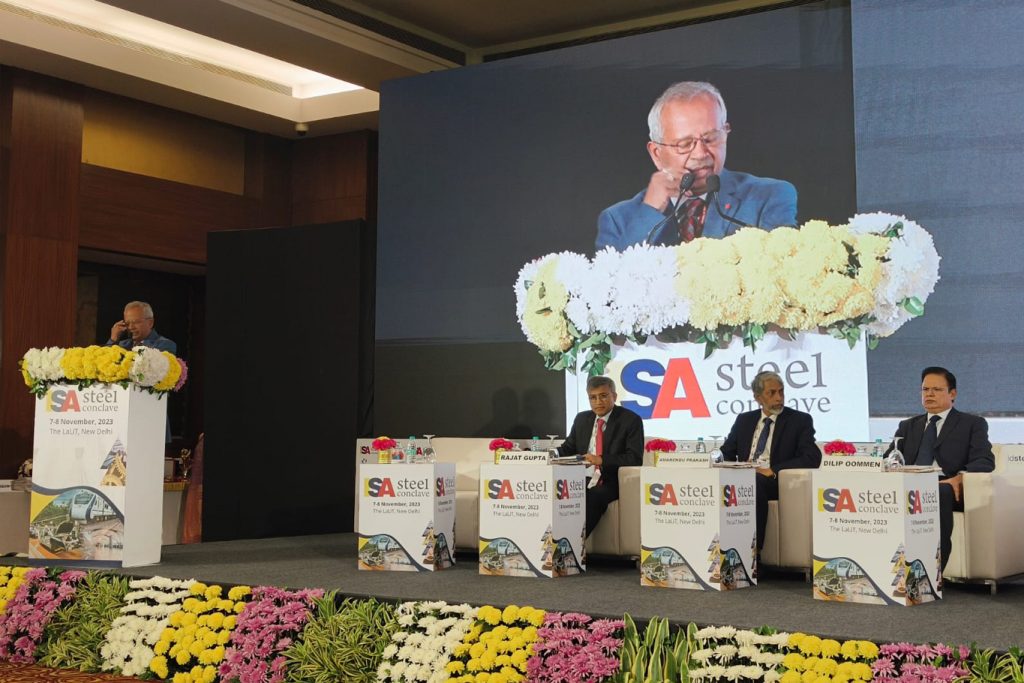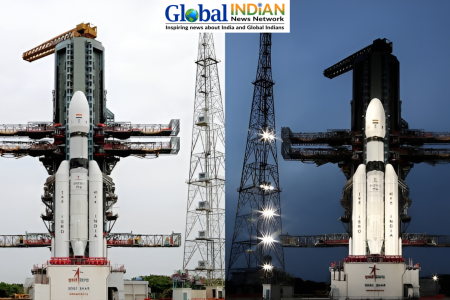 The Secretary of Steel in India, Mr. Nagendra Nath Sinha, has reported that India currently possesses a steel capacity of over 161 million tonnes (MT), and anticipates further growth in the sector. Aligned with the National Steel Policy, India’s goal is to augment its steel capacity by an additional 300 MT by the year 2030.
The Secretary of Steel in India, Mr. Nagendra Nath Sinha, has reported that India currently possesses a steel capacity of over 161 million tonnes (MT), and anticipates further growth in the sector. Aligned with the National Steel Policy, India’s goal is to augment its steel capacity by an additional 300 MT by the year 2030.
Mr. Nagendra Nath Sinha made these statements during the 4th Indian Steel Association (ISA) Steel Conclave in New Delhi. He explained that the existing steel capacity comprises 67 MT from the blast furnace-basic oxygen furnace (BF-BoF) route, 36 MT from the electric arc furnace (EAF), and 58 MT from the induction furnace (IF) route.
Furthermore, he emphasized that India’s steel industry is well-prepared for future expansion. As the fourth-largest automobile market globally, India is expected to witness a compound annual growth rate (CAGR) of 8-10% over the next decade, contributing to the increasing demand for steel. Additionally, the manufacturing sector, with a CAGR of 7-8%, continues to drive steel demand.
The steel industry has experienced success with the production-linked incentive scheme, with investments of approximately Rs. 10,000 crore (US$ 1.20 billion) out of the committed Rs. 29,500 crore (US$ 3.54 billion).
However, it is worth noting that the industry faces significant challenges related to carbon emissions and global market demands. Mr. Nagendra Nath Sinha stressed the importance of adopting low-carbon technologies, collaborating with stakeholders, and implementing environmentally friendly practices to ensure the industry’s long-term sustainability and alignment with regional, national, and global environmental objectives.













